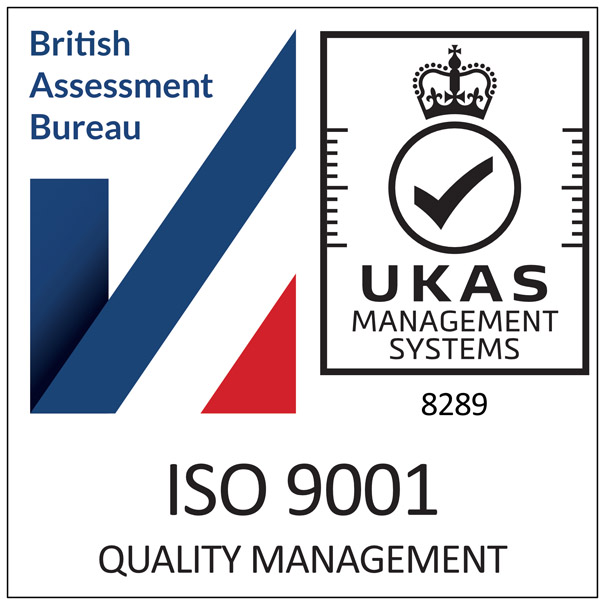
Here’s our guide to choosing the right surface finish for your driveway.
Gravel
Tyres on gravel is one of those iconic sounds, unmistakeably announcing your arrival. Gravel comes in such a variety of shapes, sizes and colours that there is a gravel driveway option to suit any property, big or small. Another benefit is that it is fairly cheap and easy to lay. Additionally, it lets water permeate so there is no issue with standing water.
One of the downsides to installing a gravel driveway is that this material has a nasty habit of rearranging itself, leaving unsightly gaps and spilling over onto grass or other surfaces. Regular raking is needed to keep it even and in the right place. Another issue might be that it’s hard work to ride a bicycle across and walking across it in high heels is downright dangerous. However, by using Gravelrings, these problems are eliminated, as it’s perfect for keeping gravel in place and firm enough to walk or ride over.
Block paving
The choice is yours when you use block paving for your driveway. All sorts of styles, shapes and colours exist, so you really can have whatever you like and whatever suits your property and your budget. Properly installed, these driveways are long-lasting and fairly low maintenance. They look great and provide a firm surface for walking, cycling or driving on.
The main drawbacks with block paving driveways are cost and time. Block paving is generally more expensive than other types of driveway surface and takes longer to lay as it’s typically laid by hand. Some types of block paved driveway will also allow weeds and moss to grow in between the blocks, which will require regular treatment with weed killer, and some movement may occur resulting in an uneven surface.
Asphalt
For a good firm base that’s relatively inexpensive, installing an asphalt driveway is a good choice. It’s hard wearing and fairly low maintenance, only needing cleaning and treating every few years. You don’t have to worry about it shifting about and it’s fairly quick to install.
Possible downsides to an asphalt driveway include the fact that asphalt is asphalt and there are no real options when it comes to colour and style. Also, when we do have one of those occasional, freakily hot days, asphalt surfaces can become soft and then rutted or uneven.
Regardless of the surface finish you choose, when it comes to planning a new driveway, be certain to specify the installation of DRIVETEX geotextile fabric. All of the driveway surfaces mentioned here will benefit from being laid over a properly prepared foundation, using the appropriate base layers and Drivetex to prevent the substrate mixing with the earth beneath and ultimately from sinking and rutting.
DRIVETEX is available in a range of roll and pack sizes, from the Mini Roll at 1m x 10m to the Contractor Roll at 4.5m x 50m.
To ensure you have all the information you need to successfully use this ground stabilising and separating geotextile fabric download the Installation Guide, Tech Data Sheet and Brochure.
To find out more about the other ground control products in the Growtivation Product That Works range and creating the perfect driveway download our Landscaping That Works guide.
Or to find out where you can buy Growtivation geotextiles fabrics visit our online Where to Buy facility or contact the friendly team at Growtivation for advice on 0800 197 8885 or email sales@growtivation.com.












